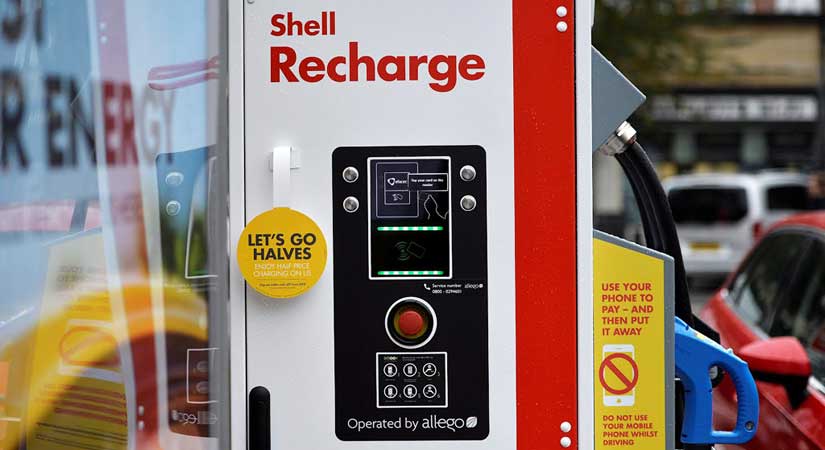By Victor V. Saulon, July 18 2019; Business World
https://www.bworldonline.com/electric-vehicle-industry-charts-next-devt-steps/
Image Credit to Reuters
ELECTRIC VEHICLES are here to stay because China is investing heavily in the manufacture of these cars and the production of their batteries, but the Philippines needs to do more to encourage greater adoption of EVs.
This is the belief of some members of the industry as well as government officials, who shared their view on the status of “green” car usage locally during the 7th Philippine Electric Vehicle Summit held on Wednesday at the SMX Convention Center, Mall of Asia Complex in Pasay City.
“China is going into the electric vehicle space in a big way,” Senator Sherwin T. Gatchalian told participants of the conference to answer what he said were persistent questions on whether EVs in the Philippines are just a fad.
He said China has been driving the growth of EVs and is projected to corner one-fourth of sales by 2040.
With that country’s influence in the global market, others will be in a good position by preparing for wider adoption of EVs, as Mr. Gatchalian narrated contents of a bill he plans to push when Congress is back in session.
He said pricing would also be a factor in the greater use of these vehicles. He expects parity with internal combustion engine (ICE) vehicles, or those powered by fossil fuels, to be reached by 2024. “In the next five years, the prices will be the same,” he said. “The [price] component for battery will also shrink.”
Ferdinand I. Raquelsantos, chairman emeritus of the Electric Vehicle Association of the Philippines, said Chinese companies were among the participants in this year’s summit. Some are in talks with local companies for possible partnerships, he said.
“For me, right now we are already in parity with ICE. If you’ve seen some of the vehicles inside, like the passenger cars, they’re very much competitive as far as their pricing right now,” Mr. Raquelsantos said in an interview.
“What more once the bill gets passed,” said Mr. Raquelsantos, who is also president of Philippine Utility Vehicle, Inc. (PhUV).
He was referring to Mr. Gatchalian’s Senate Bill No. 2137, which seeks to address the challenges to the development of the EV industry by instructing the Department of Energy (DoE) to draw up a “road map” and for distribution utilities to include charging infrastructure in their power development plan.
Mr. Raquelsantos said new charging stations should include standards or protocols being used in China, which he said could be the source of possible EV parts that could be assembled locally.
“Our charging stations should have those combinations,” he said, referring to the different standards being used in Japan, United States and Europe.
DoE Assistant Secretary Leonido J. Pulido III agreed that the prospects for EVs in the Philippines have never been better.
“I believe there will come a period or a time when electric vehicles would be the most prevalent type of vehicle on the road,” Mr. Pulido said.
“And it’s a matter of time — it will happen — the question is when.”
“But for it to happen sooner, the government and the private sector have to be more aggressive,” Mr. Pulido said.
Recent initiatives introduced by the government include an order of the Department of Transportation (DoTr) for the issuance of “tourist franchises” for electric tricyles.
“[DoTr] signed a department order allowing e-trike as tourist franchise in environmentally critical zones or tourism areas, for example Boracay, Intramuros, as defined by Department of Tourism,” DoTr Undersecretary Mark Richmund M. De Leon said.
He also said the government is looking at requiring a percentage of its fleet to be electric vehicles. He said numbers were being finalized by the Department of Budget and Management. — Victor V. Saulon

